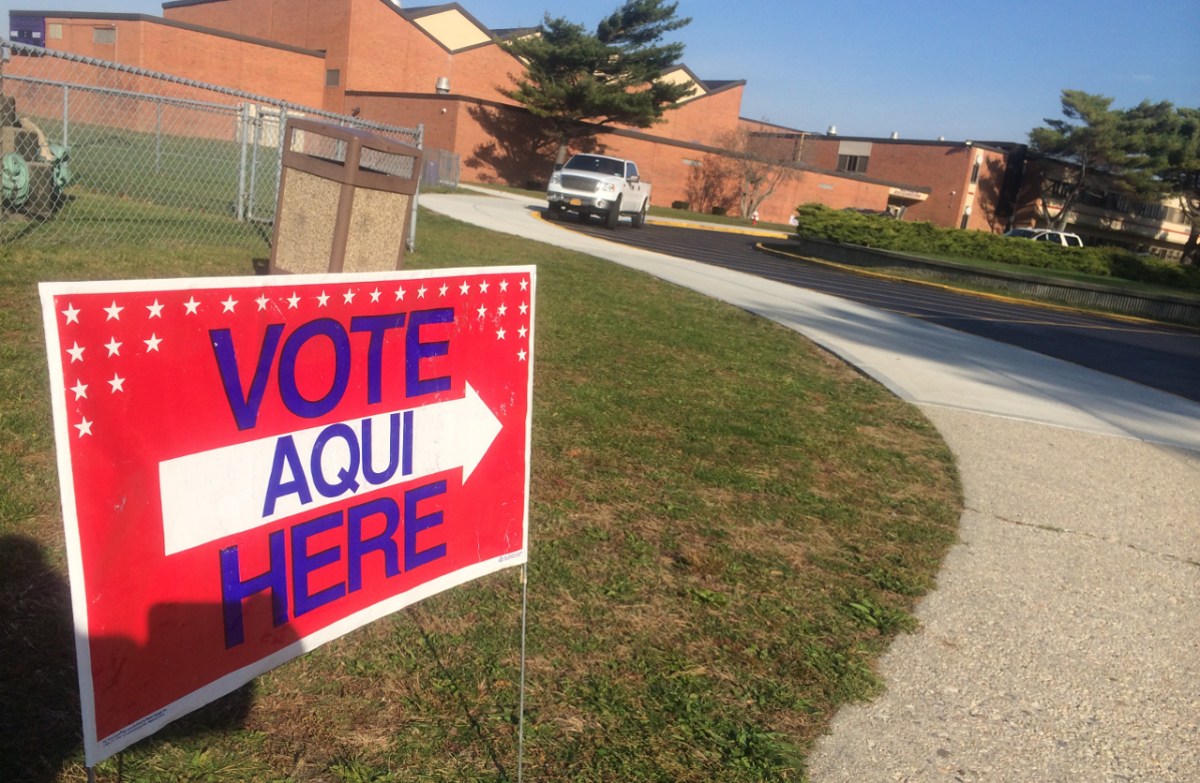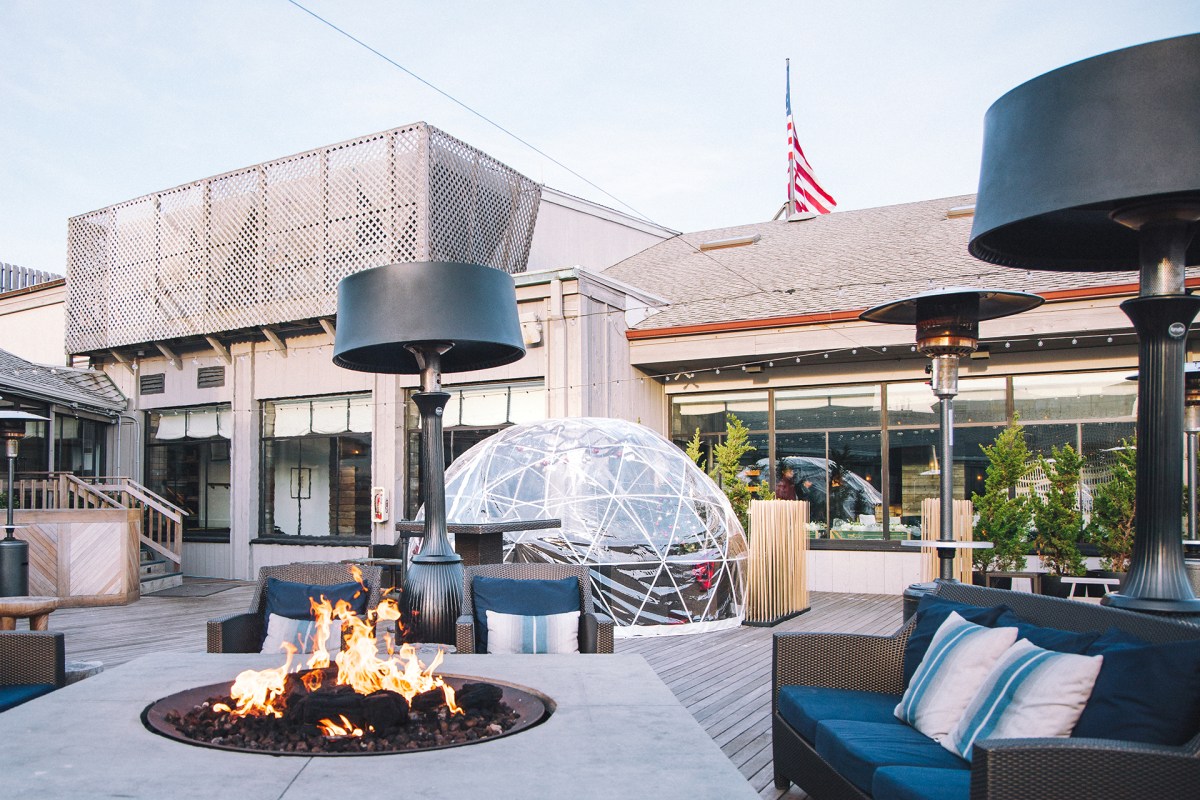Long before Hillary Clinton became the fifth presidential candidate in American history to lose an election despite winning the popular vote, a movement had already begun to change how our presidents are elected. Instead of the Electoral College having the last word, the goal is to give each voter a true stake in the outcome by empowering state legislatures to pick the victor solely according to who won the most votes nationwide.
Then came Nov. 8, the day Republican Donald Trump pulled off one of the most stunning upsets in modern times. He’s expected to occupy the White House in January but Clinton may have beat him by more than a million votes when the painstaking task of counting all the ballots is complete.
To undercut Clinton in the Electoral College, Trump took the perceived Democratic strongholds of Michigan and Wisconsin, as well as several key battleground states where various polls erroneously had predicted Clinton victories. There’s no way to know if the election would have turned out differently if the candidates didn’t have to focus on getting the 270 electoral votes needed to win. Trump himself is a past critic of the Electoral College. He acknowledged on Tuesday that had a popular vote system been in place, he would’ve deployed a different strategy.
If the election were based on total popular vote I would have campaigned in N.Y. Florida and California and won even bigger and more easily
— Donald J. Trump (@realDonaldTrump) November 15, 2016
He might be right. Or wrong. As Glenn Kessler of The Washington Post points out:
“The fact is that just because Trump lost the popular vote last week doesn’t mean he would have lost a popular-vote election.
What do I mean by that? Basically, losing the popular vote in an electoral-college election isn’t the same as losing the popular vote in a popular-vote election. The former involves a very specific strategy that may cost you when it comes to winning the nationwide popular vote. But you pursue that strategy because the latter doesn’t matter. You need to get to 270 electoral votes, not a majority or plurality of all votes.”
Abolishing the Electoral College outright is a daunting proposition because it would require amending the U.S. Constitution. First, both houses of Congress would have to pass the amendment by a two-thirds majority in each legislative body. Then 38 states would have to ratify it within seven years of its passage.
But the reform movement aims to get around that with a simple solution called the National Popular Vote Interstate Compact.
Already 11 states, including New York, have passed legislation to join the compact. Collectively, these states represent 165 electoral votes, only 105 votes shy of the 270 threshold. The compact wouldn’t take effect until the pro-popular vote states reach the magic number. Under this system, states that sign onto the compact would award their electoral votes to the consensus popular vote winner.
The non-profit organization spearheading the movement, National Popular Vote, is not advocating for the Electoral College to be abolished, but rather that the total amount of votes nationally take on greater significance.
“I think there’s a lot of dynamics that would shift and become more fair” in the event a national popular vote was installed, recently elected Vermont State Sen. Chris Pearson, a Democrat, tells the Press.
That Clinton won the popular vote has reinvigorated the discussion about whether America’s archaic system is in desperate need of an overhaul.
Trump himself has in the past railed against the current winner-take-all system of awarding electoral votes by state. In an interview with 60 Minutes on Sunday Trump said, “I’m not going to change my mind just because I won.” But a few days later, he changed his position, calling the Electoral College “genius.”
In 2012:
The electoral college is a disaster for a democracy.
— Donald J. Trump (@realDonaldTrump) November 7, 2012
This week:
The Electoral College is actually genius in that it brings all states, including the smaller ones, into play. Campaigning is much different!
— Donald J. Trump (@realDonaldTrump) November 15, 2016
Altering the system could change more than just how votes are counted, advocates say. It could affect everything from which states campaigns choose to visit, how federal funding is dispersed, and more innocuous decisions such as where the president deploys cabinet members to rally support for federal programs, says Pearson.
A National Popular Vote surrogate, Pearson said presidential campaigns are “ridiculously concentrated” in half a dozen so-called battleground states.
According to his organization, two-thirds of presidential campaigning in 2016 occurred in Florida, North Carolina, Pennsylvania, Ohio, Virginia and Michigan. The candidates made a total of 71 visits to Florida during the general election, but they never set foot in 24 states, including the District of Columbia, the entire race.

Those two dozen jurisdictions were seen as either reliably Democratic or Republican, and the outcomes were considered pre-determined, giving the candidates no incentive to spend time meeting with tens of millions of Americans who would cast their votes for the 45th president.
“Basically 10 to 15 states at most are in play, and the rest of us are totally left on the sidelines,” says Pearson, who emphasized that over 90 percent of this historic campaign took place in 12 states.
“If you don’t live in those states, you are completely taken for granted,” Pearson adds. “And that is very damaging for the democratic process.”
In New York, for example, the common refrain among Republicans is their vote is meaningless because their chances of breaking through a Democratic firewall in New York City is near impossible. The same goes for Republican voters in California or Democrats in Oklahoma or Nebraska.
“Republicans in New York are sort of discounted. Even if they get 49.5 percent of the vote, it’s meaningless,” says Pearson. “The Republicans in Idaho deliver a 400,000-vote victory for their candidate; it’s totally meaningless. Republicans in California don’t bother voting.”
The popular vote bill in New York, sponsored by upstate Republican State Sen. Joseph A. Griffo, had passed overwhelmingly in both the state Senate and the Assembly. After Gov. Andrew Cuomo signed legislation in November extending the pact, which was due to expire in 2018, Griffo said that New Yorkers were being ignored while fisticuffs play out in only a handful of perceived swing states.
“In the 21st Century, every vote really should count, and this legislation will help achieve that democratic ideal in a way that respects the Constitution,” he said in a statement.
“This action will help ensure every vote is treated equally, and places New York at the forefront of the battle for fairer elections and to strengthen our democracy,” added Cuomo. “Making the national popular vote a binding one will enable all voices to be heard and encourage candidates to appeal to voters in all states.”
New York Assemb. Fred Thiele (I-Sag Harbor) says he may have voted differently had the popular vote system been in place this election. He wrote in Sen. Bernie Sanders’ name for president on his ballot.
“It didn’t matter, because Hillary Clinton was going to win the state anyway,” Thiele tells the Press. “If I was in a swing state, I might have had to think long and hard.” Before he became an Independent, Thiele was a registered Republican.
“Everybody knew what the rules were” in this election, Thiele adds. “And at the end of the day, that’s the result.”
But he said it would be wrong if people regarded the national popular movement as just a reaction to the election results.
“It’s a much broader principle,” he says.
Thiele, one of the original sponsors of New York’s bill going back a decade, said his reasoning is simple. “I think the person who gets the most votes should win the election,” he says.
Not everybody is on board, however.
In an article in Slate titled “In Defense of the Electoral College,” U.S. Court of Appeals Judge Richard A. Posner argues, among other things, that swing state voters are perhaps the most informed segment of the electorate because of the extreme focus on those areas.
“Voters in toss-up states are more likely to pay close attention to the campaign—to really listen to the competing candidates—knowing that they are going to decide the election. They are likely to be the most thoughtful voters, on average (and for the further reason that they will have received the most information and attention from the candidates), and the most thoughtful voters should be the ones to decide the election.”
Separate from the National Popular Vote movement is legislation proposed by retiring Sen. Barbara Boxer (D-Calif.) on Wednesday that would abolish the Electoral College. The constitutional amendment will have a difficult time passing a Republican-controlled House and Senate.
“This is the only office in the land where you can get more votes and still lose the presidency,” Boxer said in a statement. “The Electoral College is an outdated, undemocratic system that does not reflect our modern society, and it needs to change immediately. Every American should be guaranteed that their vote counts.”
Thiele believes a constitutional amendment is unlikely to have the requisite support needed to pass. If the current system is eventually changed, it’ll be because individual states voted to join the pact.
“It’s obviously a state-by-state decision,” he says. “But I certainly think the recent political history is in our favor, and I think that will cause every state to take a second look and [a] closer look at National Popular Vote.”
Pearson says the organization still has its work cut out for itself to convince other states to join the pact. In Arizona, Oklahoma, Oregon and Arkansas, legislation has passed in one legislative chamber, but not the other, he says.
The past election could help the cause. Since Nov. 8, National Popular Vote’s webtool to help voters connect with their legislators has been used at least 40,000 times, Pearson claims.
If NPV makes it to its goal of 270 by 2020, it would be “enormously gratifying,” he says.


























